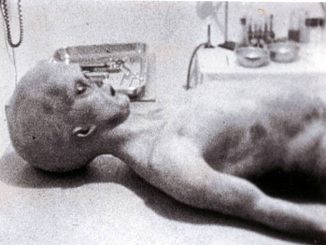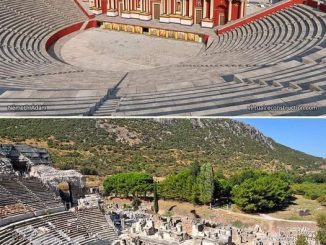The mummies were wrapped in cloth and rope, and some also wore wooden and ceramic masks called “dummy heads”.

A mummy wearing a carved mask. Photo: PUCP Archeology Program Valley of Pachacamac
Archaeologists unearthed the graves of at least 73 people who lived about 1,000 years ago, several hundred years before the Incas dominated many areas of western South America, Live Science reported on November 28. The 73 mummies were all wrapped in cloth, some also using colorful cloth, and rope. Some wore masks made from wood and ceramic, called “false heads,” according to Krzysztof Makowski, head of the excavation team and an archaeologist at the Pontifical Catholic University of Peru. The team of experts also found colorful ceramics in several tombs.
The newly discovered mummies are located at the Pachacamac archaeological site of the Wari culture, near the Peruvian capital Lima. They were buried near the Painted Temple around 800 – 1100, a period when the Wari empire was expanding in this area.
Wari is famous for its well-preserved mummies and exquisite art, including intricately designed ceramics and fabrics. They also have practices of human sacrifice and use of hallucinogens in religious rituals.
In addition to the 73 mummies, archaeologists also found two wooden staffs in the ruins of a nearby settlement. They were located amid beds of spiny oyster shells (Spondylus princeps) imported from what is now Ecuador, north of the Wari empire. Each staff has intricate carvings.
Experts are still conducting further excavations at Pachacamac and analyzing the mummy. In the Quechean language spoken by the indigenous people of the Andes, Pachacamac means “one who brings life to the Earth”. Archaeological research shows that Pachacamac was a relatively modest settlement during the Wari period but then flourished during the Inca period. This place became an important religious worship site in the 15th century.




